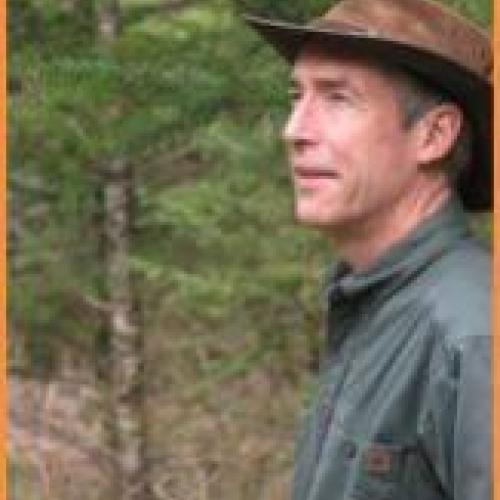
Hibbs, David
Position Type:
Faculty
Job Title:
Professor Emeritus
Department:
Forest Ecosystems & Society
Email:
Education
B.S., 1972, Carleton College, Northfield, MN
M.S., 1976, University of Massachusetts, Amherst
Ph.D., 1978, University of Massachusetts, Amherst
Research Interests
- Community Ecology
- Silviculture
My interests focus in forest community ecology and extend into the application of ecology: silviculture. I have worked in both tropical and temperate forest systems. Current research is focused on ecological processes of riparian forests, ecology of post-fire forest dynamics, and management of red alder (Hardwood Silviculture Cooperative). I have had a finger into projects on scale-effects on plant diversity controls, food webs in riparian systems, and the autecology of Willamette Valley savanna tree species.
Selected Publications:
- Halofsky, J.E., D.C. Donato, D.E. Hibbs, J.L. Campbell, M. Donaghy Cannon, J.B. Fontaine, J.R. Thompson, R.G. Anthony, B.T. Bormann, L.J. Kayes, B.E. Law, D.L. Peterson, and T.A. Spies. In press. Mixed-severity fire regimes: lessons from the Klamath-Siskiyou. Ecosphere.
- Irvine, D, D. Hibbs and J. Shatford. 2009. The relative importance of biotic and abiotic controls on young conifer growth after fire in the Klamath-Siskiyou Region. Northwest Science 83: 334-347.
- Halofsky, J.E. and D.E. Hibbs. 2009. Post-fire colonization patterns in riparian areas of two Oregon fires, USA. Forest Ecology and Management 258:1350-1358.
- Scott, E.E., S.S. Perakis, and D.E. Hibbs. Scott, E.E., S.S. Perakis, and D.E. Hibbs. 2009. The potential utility of stable isotopes for food web analysis in Douglas-fir and red alder riparian forests of western Oregon. Northwest Science 83: 315-324.
- Halofsky, J.E. and D.E. Hibbs. 2009. Relationships among indices of fire severity in riparian zones. Journal of Wildland Fire 18:584-593.
- Halofsky, J.E. and D.E. Hibbs. 2008. Determinants of riparian fire severity in two Oregon fires. CJFR 38:1959-1973.
- Scott, E.E., D.E. Hibbs and S.S. Perakis. 2008. Patterns of Douglas-fir and red alder riparian forests in the Oregon Coast Range. Forest Science 54:140-147.
- Shatford, J., D.E. Hibbs and K Puettmann. 2007. Conifer Regeneration Following Forest Fire in the Klamath-Siskiyous: How much, how soon? J. Forestry 105:139-146.
- Sarr, D.A. and D.E. Hibbs. 2007. Multiscale controls on riparian plant diversity in western Oregon riparian forests. Ecological Monographs 77:179-201.
- Sarr, D.A. and D.E. Hibbs. 2007. Woody riparian plant distributions in western Oregon, USA: Comparing landscapes and local scale factors. Plant Ecology 190:291-311.
- Radosevich, S.R., D.E. Hibbs and C. Ghersa. 2006. The effects of composition and spatial arrangement on stand development. Canadian J. Forest Research. 39:268-282.
- Richardson, J.S., R.J. Naiman, F.J. Swanson and D.E. Hibbs. 2005. Riparian communities associated with Pacific Northwest headwater streams: assemblages, processes and uniqueness. J. American Water Resources Assoc. 41: 935-947.
- Withrow-Robinson BA and Hibbs DE. 2005. Testing an ecologically based classification tool on fruit-based agroforestry in northern Thailand. Agroforestry Systems 65:123-135.
- Sarr, D.A., D.E. Hibbs and M.A. Huston. 2005. A hierarchical perspective of plant diversity. Quarterly Review of Biology 80(2):187-212.